ANIMALS
The Best Pictures Of Goats Wearing A Swimming Pool
Goats prove to be wonderful companions! Typically known for their tranquil and playful demeanor on the farm, they can be an ideal addition to your family, especially if you have ample space for them to explore and abundant grass for their grazing. However, it’s worth noting that their spirited and competitive tendencies may occasionally become a bit excessive. Caution is warranted, as their sharp horns have the potential to cause harm to both other animals and humans.
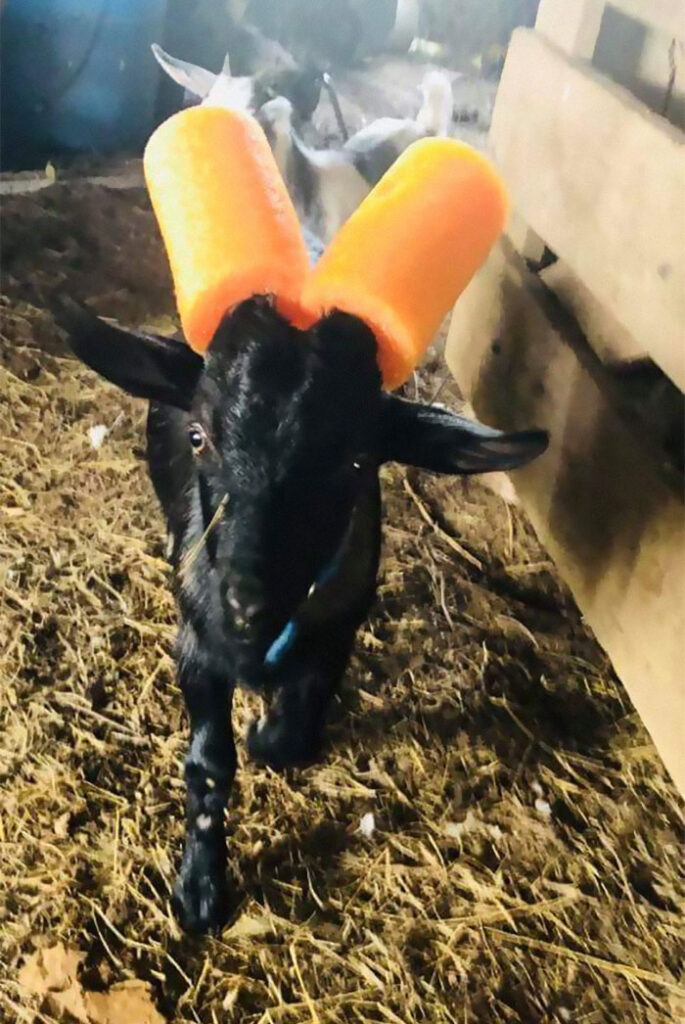
Image credits: spookperson
Training your young pet goat to prevent aggressive behavior as it grows up is the ideal approach. However, the use of pool noodles as a temporary and amusing solution is a lighthearted alternative. The duration these makeshift horn covers remain intact before being torn off and chewed by these intelligent creatures is uncertain. Nevertheless, if it serves the purpose of safeguarding someone from potential harm, why not embrace the quirky solution?
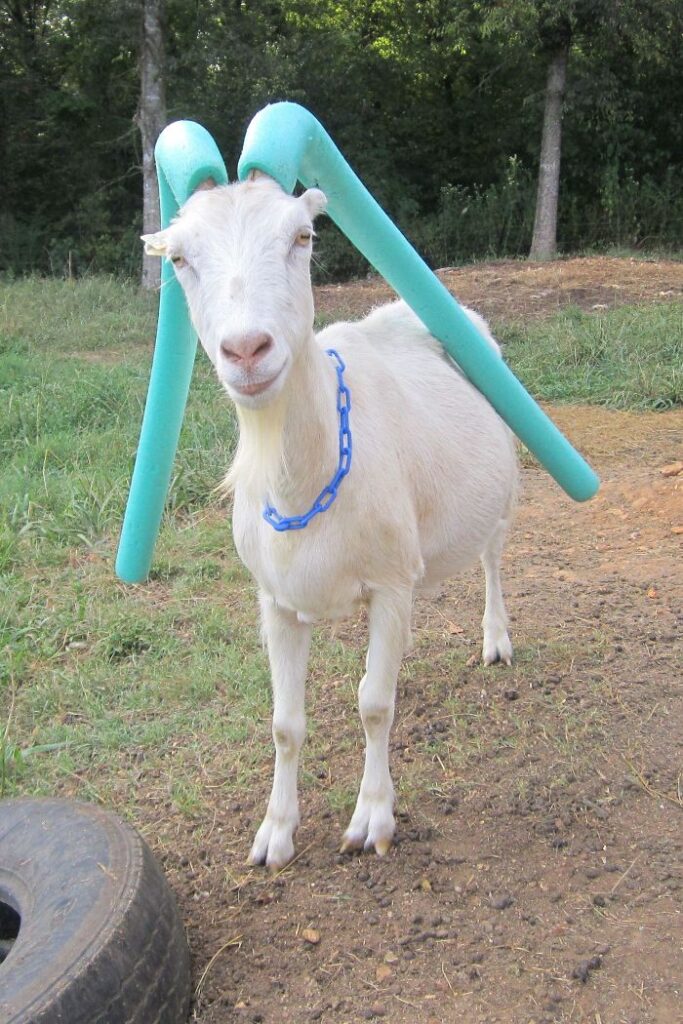
Image credits: LittleDank
You’re right. Aggressive behavior in goats can manifest in various forms, ranging from stubbornness to more physically harmful actions like biting, kicking, or pushing with their horns. While some aggression may stem from natural behaviors, addressing and preventing these issues is crucial for the safety of both humans and other animals on the farm.
The use of pool noodles, as you described, can serve as a creative and temporary solution to protect against accidental injuries, especially in scenarios involving children or during activities like milking. It’s a testament to the adaptability and problem-solving abilities of goat owners who find practical and lighthearted ways to manage potential risks.
However, it’s essential to remember that these solutions are not substitutes for proper training and ongoing supervision. Training goats from a young age, establishing clear boundaries, and rewarding positive behavior can go a long way in preventing undesirable actions. Additionally, if aggressive behavior becomes a persistent issue, it may be worthwhile to seek advice from a veterinarian or experienced goat handler to address the root causes.
By combining practical solutions like pool noodles with a comprehensive approach to goat care, owners can create a safer and more enjoyable environment for both themselves and their animals.
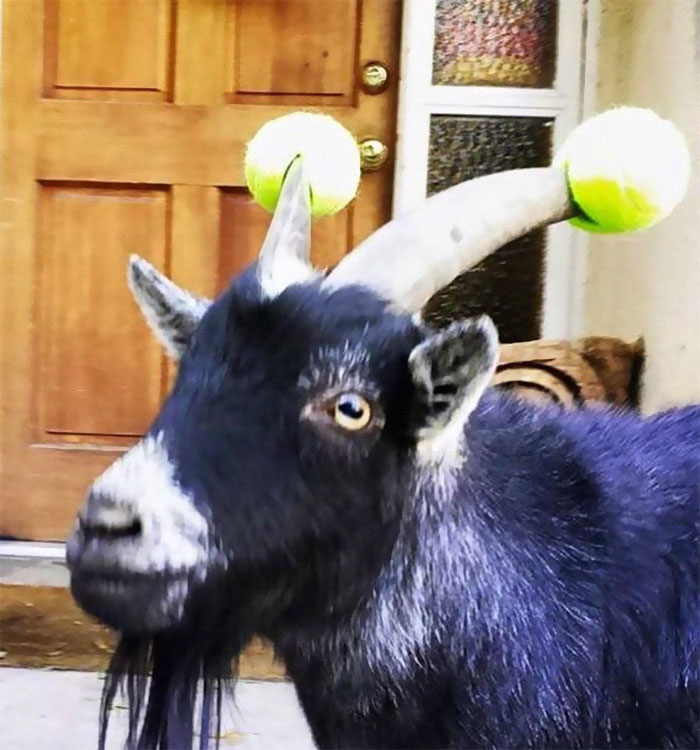
Image credits: MaldonadoBBC
And it’s not limited to just pool noodles! Individuals have creatively devised various methods to shield themselves from headbutts, utilizing everything from buckets and duct tape to attaching tennis balls on the sharp ends.
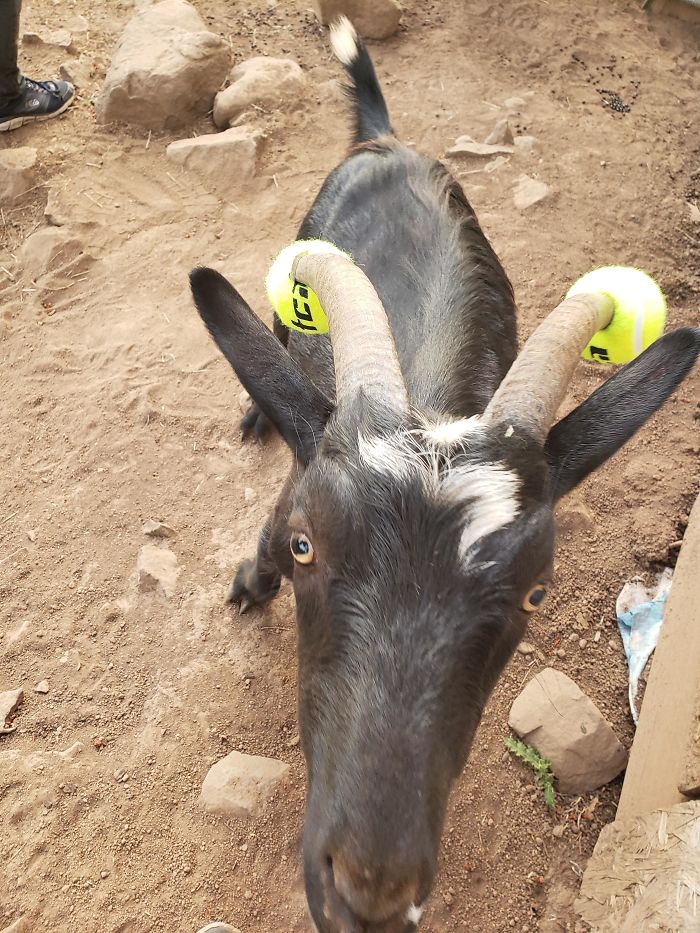
Image credits: bobateaisbesttea
Training is key when it comes to managing the behavior of goats. While goats are known for their stubbornness and mischievous nature, a well-trained goat can be a delightful and entertaining companion. Patience, consistency, and positive reinforcement are essential components of effective training.
Using methods like positive reinforcement, where desired behaviors are rewarded, can help shape a goat’s behavior over time. This can involve treats, verbal praise, or other forms of positive attention. Conversely, avoiding negative reinforcement and punishments is generally more effective, as goats may become more stubborn or fearful in response.
The image of goats wandering around with brightly-colored pool noodles on their horns is indeed amusing and highlights the creativity and humor that often come with caring for these unique animals. It’s a reminder that, with a good balance of training, care, and a touch of humor, the bond between humans and goats can be a joyful and fulfilling experience.
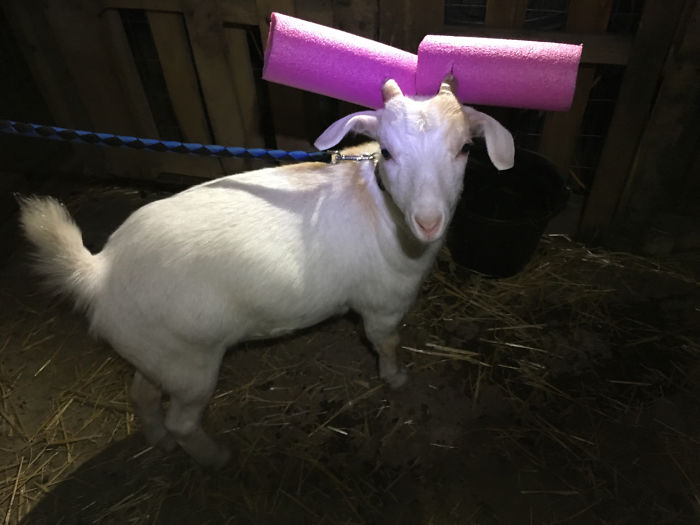
Image credits: WhiteFeatherFarms
As per the experts at Dummies, you can train these amusing animals to perform a variety of tasks using clicker training, much like you would with a dog. They suggest utilizing a clicker, a mechanical device that produces a distinctive click sound, along with treats like peanuts or cereal flakes. The process involves pairing the click with a treat to reinforce positive behavior in the goat. To establish a connection between the clicker and the treat, start by clicking the device and then rewarding the goat with a treat, repeating this process about 20 to 30 times. Over time, the goat associates the clicker with food and learns to respond to the click alone, reducing the need for a treat every time.

Image credits: Ross Freedman
“Once you’ve demonstrated to the goat that clicks are associated with treats, you can initiate the training process. Begin by giving a command, such as ‘Come,’ and then click when the goat performs the desired action, rewarding it with a treat upon successful completion of the task.”
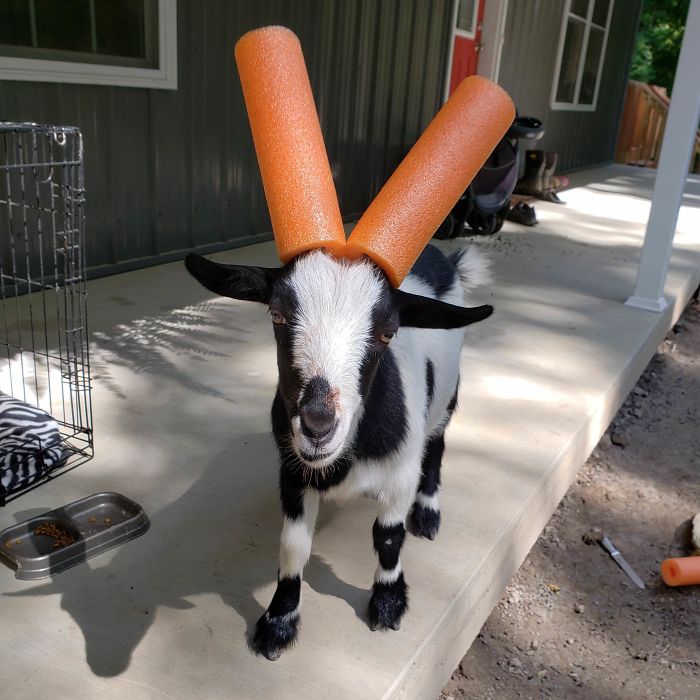
Image credits: imgur.com
“Certainly, training the goat requires consistent practice for it to respond to your commands. In instances where the goat doesn’t comply or performs an incorrect action, simply express ‘wrong’ or another chosen word, and then make another attempt. It’s crucial to click at the moment the goat exhibits the desired behavior, followed by offering the treat. Offering the treat before clicking runs the risk of the goat becoming engrossed in eating and possibly missing the clicker’s signal.”
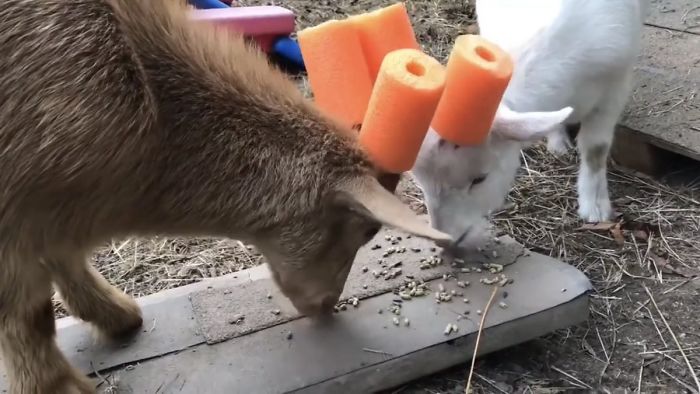
What are your thoughts? Do you currently own a goat, or are you open to the idea of acquiring one? Can you envision the process of training a goat to be obedient? Share your perspective in the comments section below!
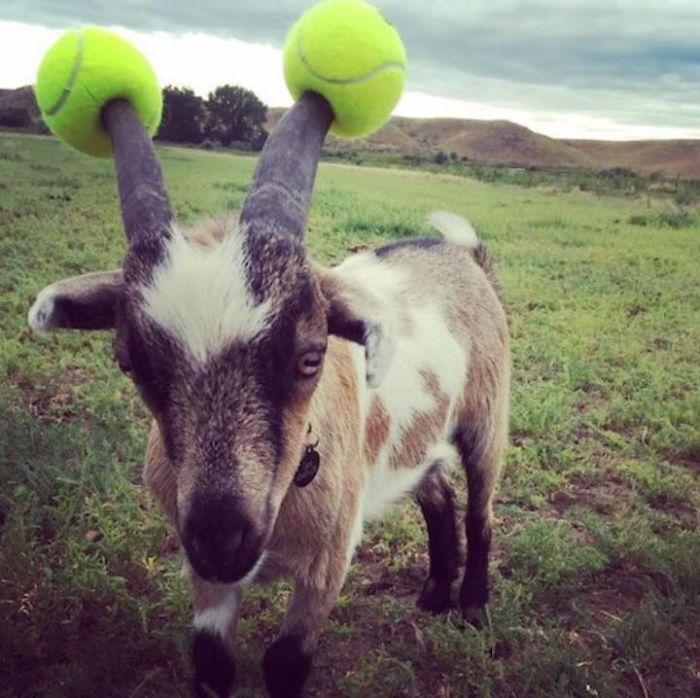
Image credits: joshg_yz250
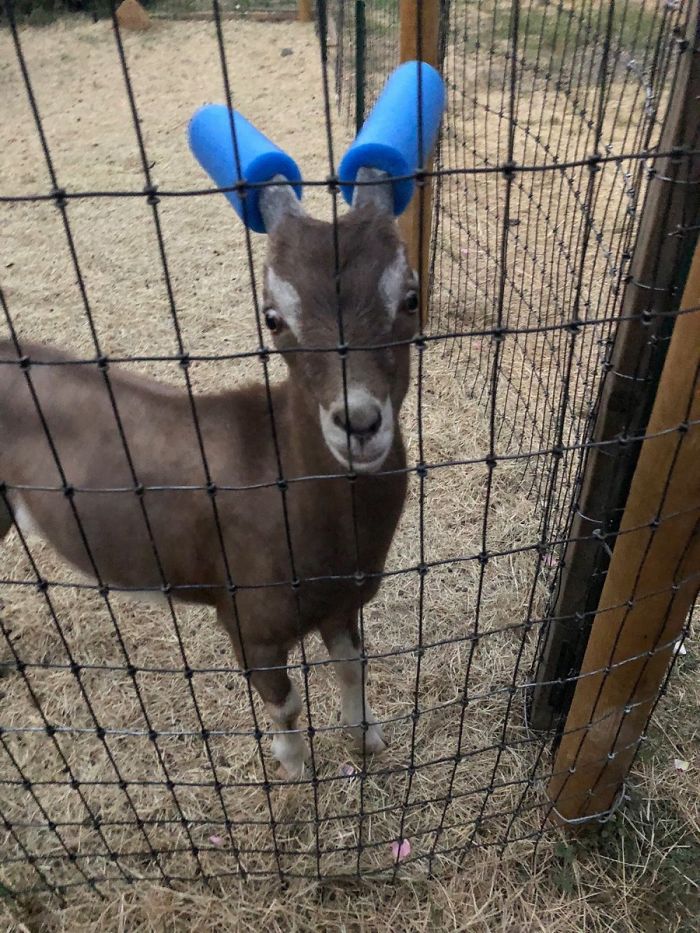
Image credits: yeshua_porvida
